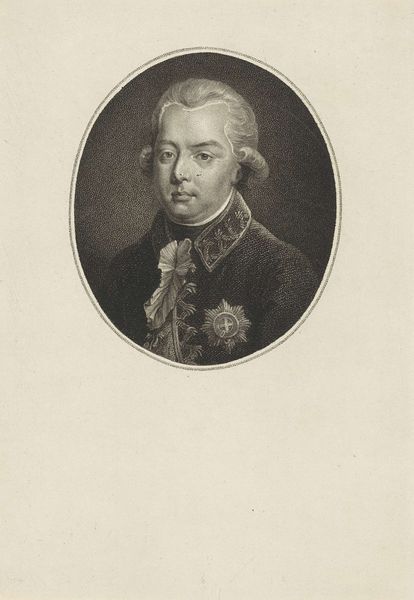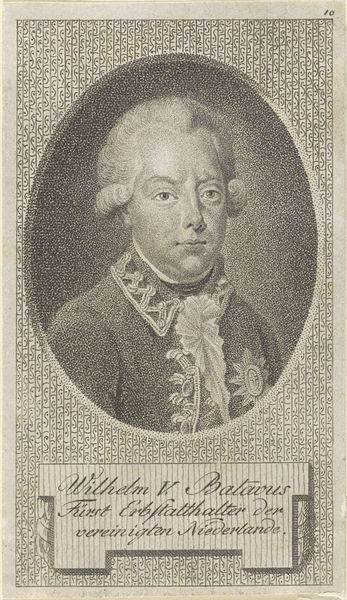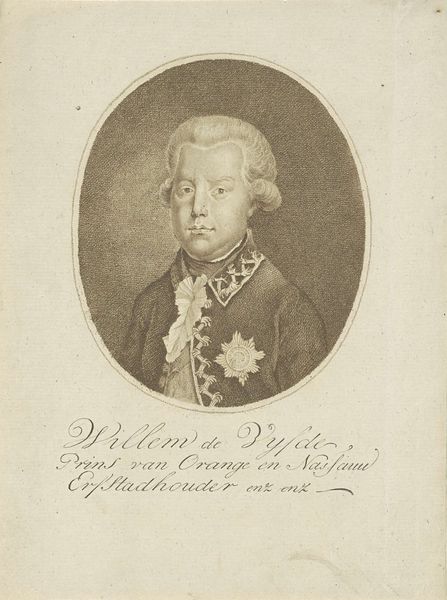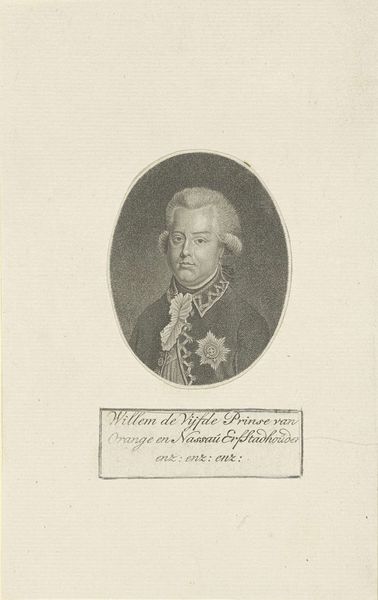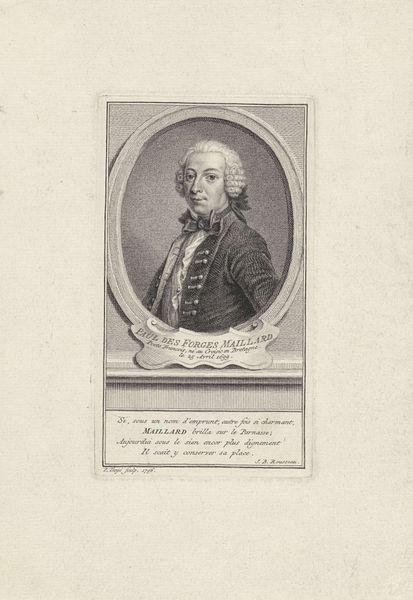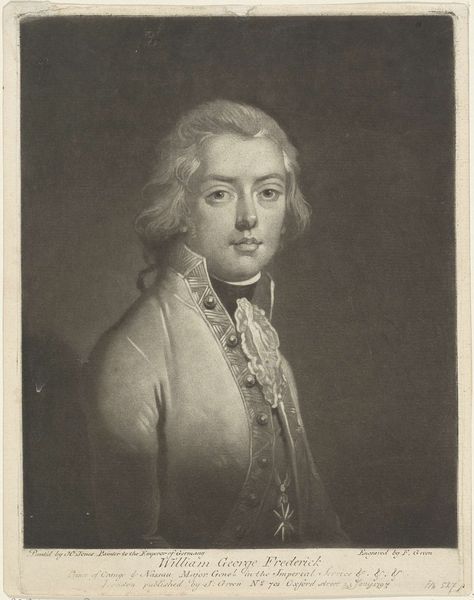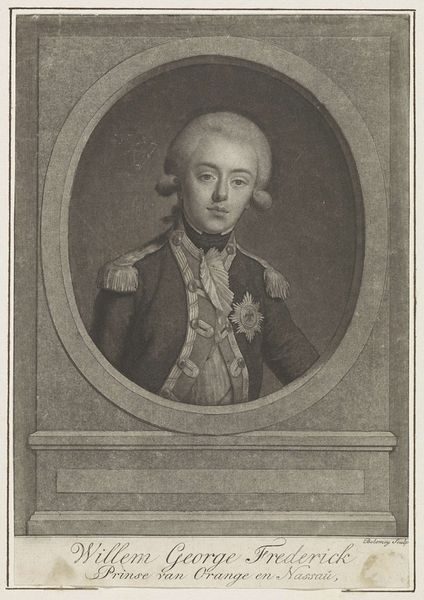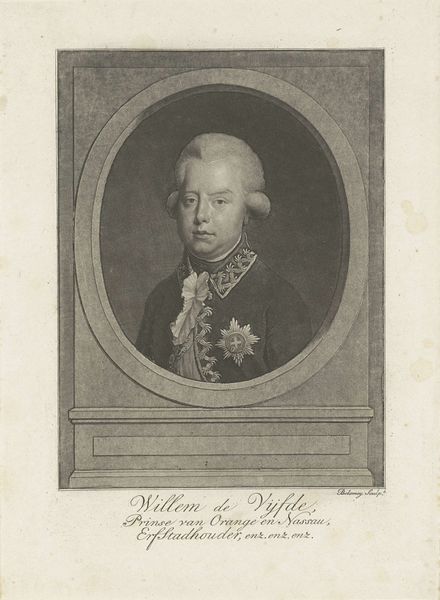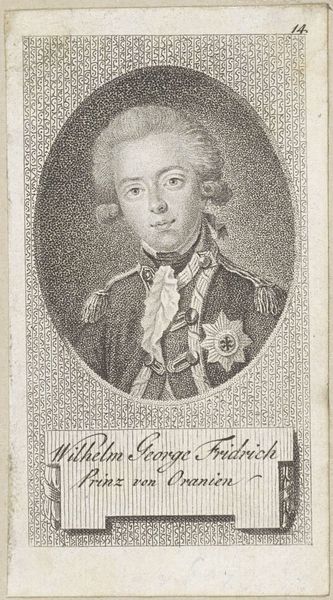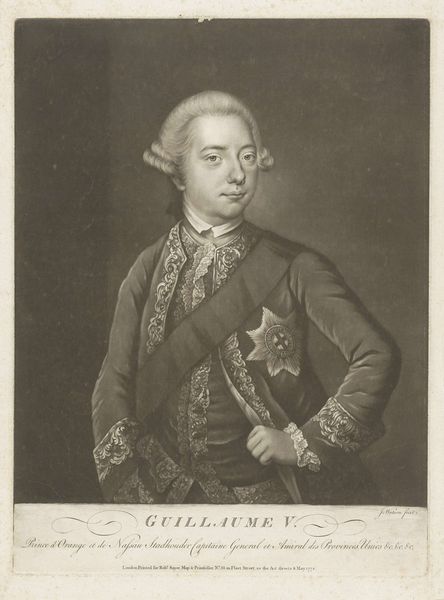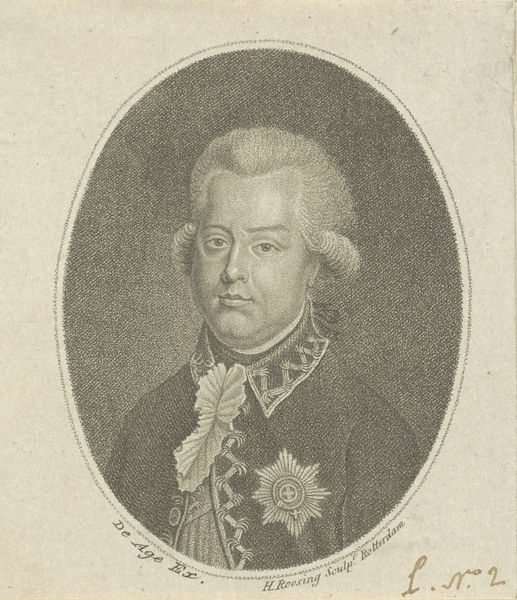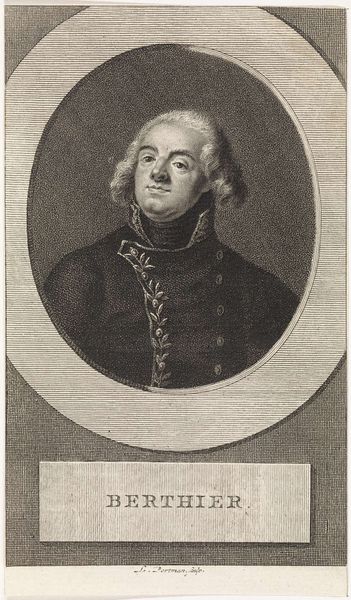
print, engraving
#
pencil drawn
#
neoclacissism
# print
#
pencil sketch
#
old engraving style
#
pencil drawing
#
portrait drawing
#
history-painting
#
engraving
Dimensions: height 228 mm, width 134 mm
Copyright: Rijks Museum: Open Domain
Curator: Sober, isn't it? This engraving presents a portrait of Willem V, Prince of Orange-Nassau. Created between 1787 and 1834, it's currently housed right here in the Rijksmuseum. What's your initial take? Editor: Austere, undeniably. And there's something haunting about the way the lines capture his face. It makes me think about the laborious process, all those individual strokes that go into engraving – almost like an exercise in royal myth-making, piece by piece. Curator: You pick up on something interesting there. It’s printed, a reproductive medium, inherently more accessible. Consider what that does to notions of the unique, original artwork, and the image of a royal figure like Willem V, suddenly… multipliable. Editor: Precisely! The production value contrasts so sharply with the subject's assumed privilege. The artist—whose hand remains somewhat invisible—chose a humble method to portray such an exalted figure, Prince Willem. And this engraving suggests a desire to disseminate this image, turning the Prince, in essence, into a reproducible brand. The choice of printmaking for someone who no doubt commissioned lavish painted portraits... intriguing, to say the least. Curator: It’s fascinating to consider it in relation to history painting, which aimed for grand narratives and moral lessons. Here, the focus shrinks to a more intimate scale, yet it still projects authority through careful detail: the meticulously rendered clothing, the imposing wig. And let's not forget that decorative medal, a shining mark of prestige. One can also note some details on the border lines. Editor: Absolutely. But what intrigues me, even more, is how this engraving demystifies Willem V by making his image readily available. It exposes the machinery, if you will, behind creating and preserving power, reducing the Prince to layers of ink on paper. The materiality becomes inseparable from the message. Curator: It’s a delicate balance. This piece feels like an exploration of how an image, repeated and distributed, solidifies a narrative—especially during periods of upheaval and change. It reflects the shift in artistic tastes towards neoclassicism, with an idealized rendering. Editor: Indeed. It exposes, almost inadvertently, the economics and social structures inherent in even the seemingly simplest artwork. Makes you consider how “low art” often does the work of “high art”, only without the pretense. Curator: Exactly. So much to unravel from this…relatively small…print. It offers a glimpse into a moment in history, mediated through materials and reproducible techniques, shifting perceptions, and lasting legacies. Editor: Yes, it’s left me questioning not only Willem V's reign but the very nature of artistic creation and its role in reinforcing – or, perhaps subtly undermining – those who held the reins.
Comments
No comments
Be the first to comment and join the conversation on the ultimate creative platform.
